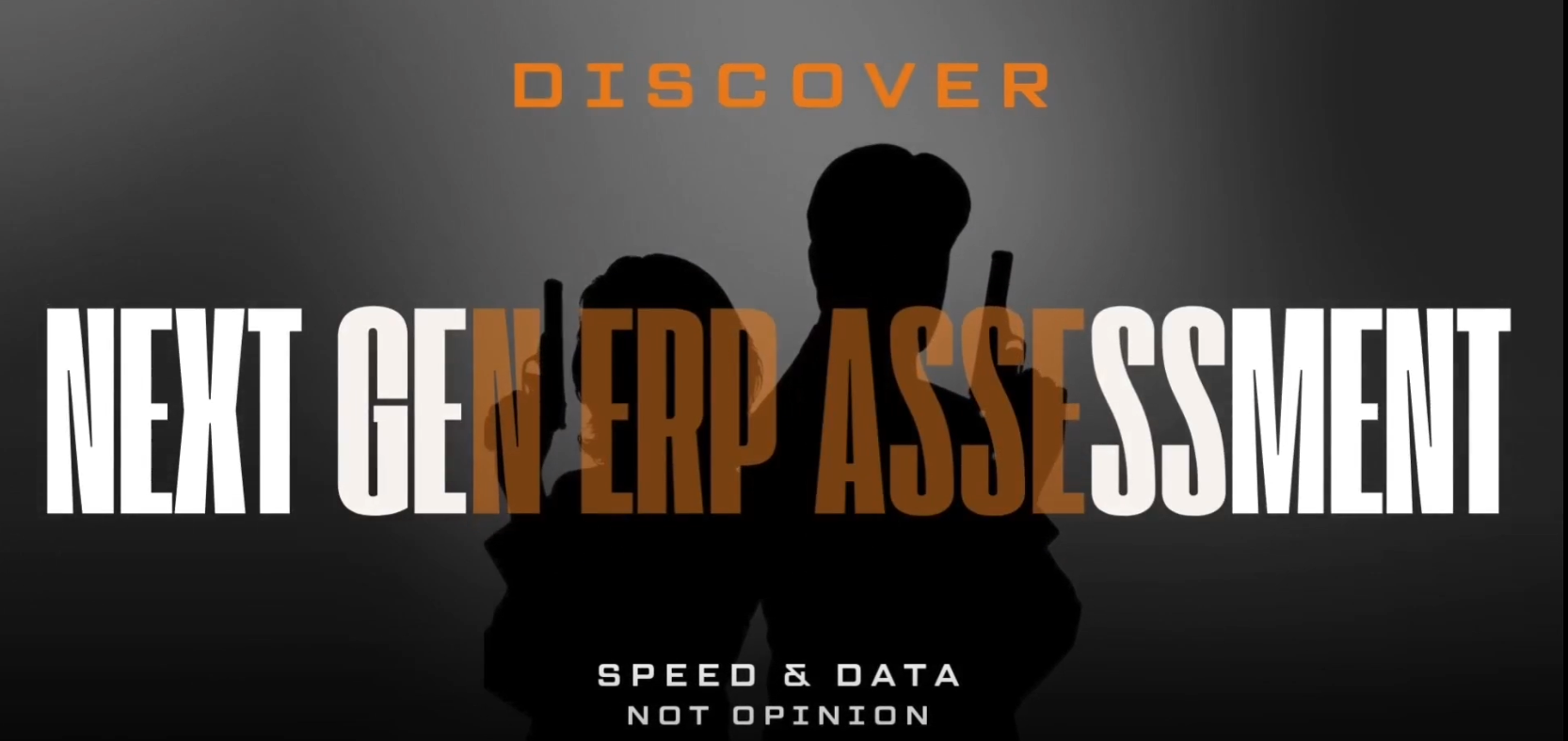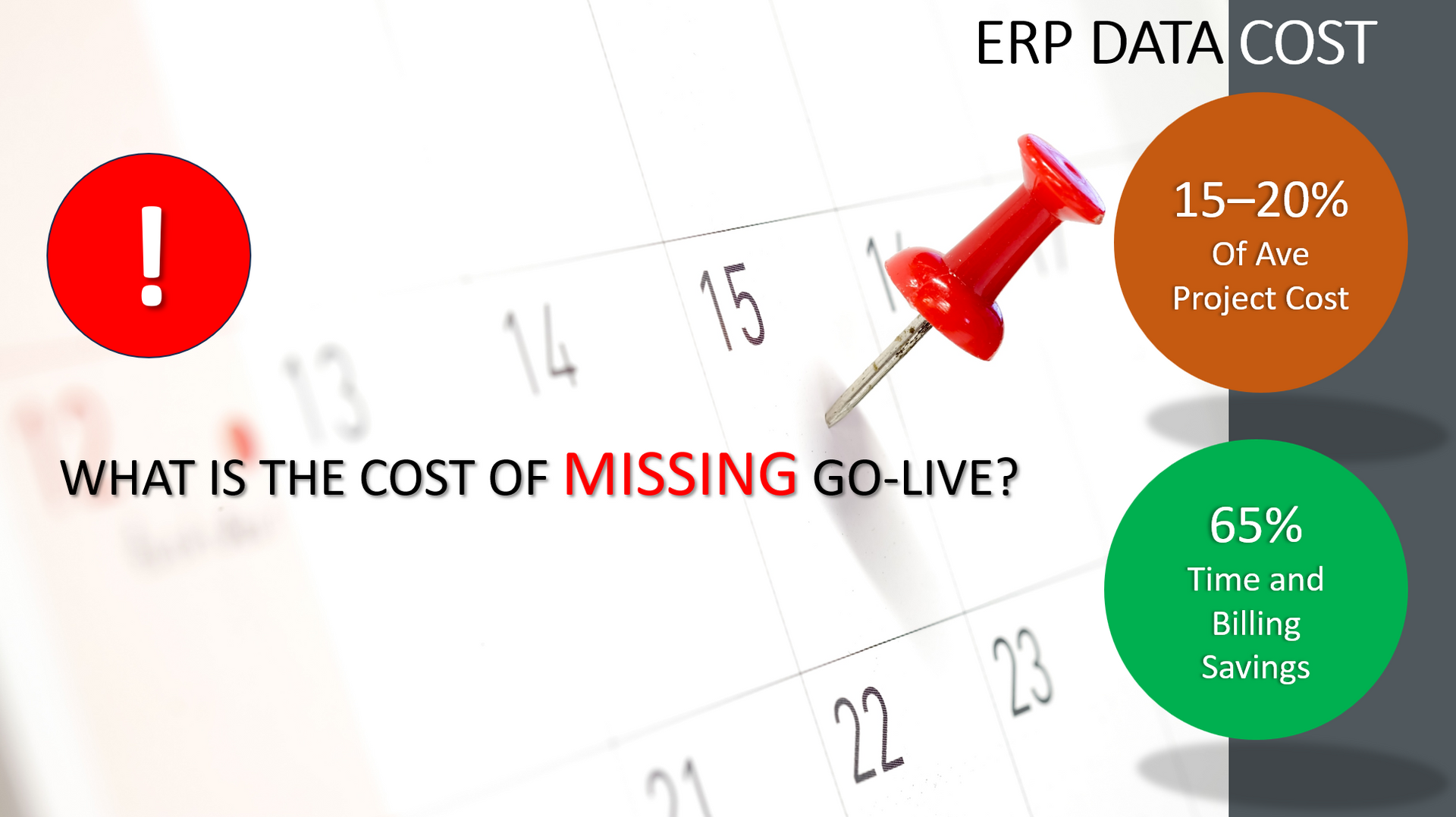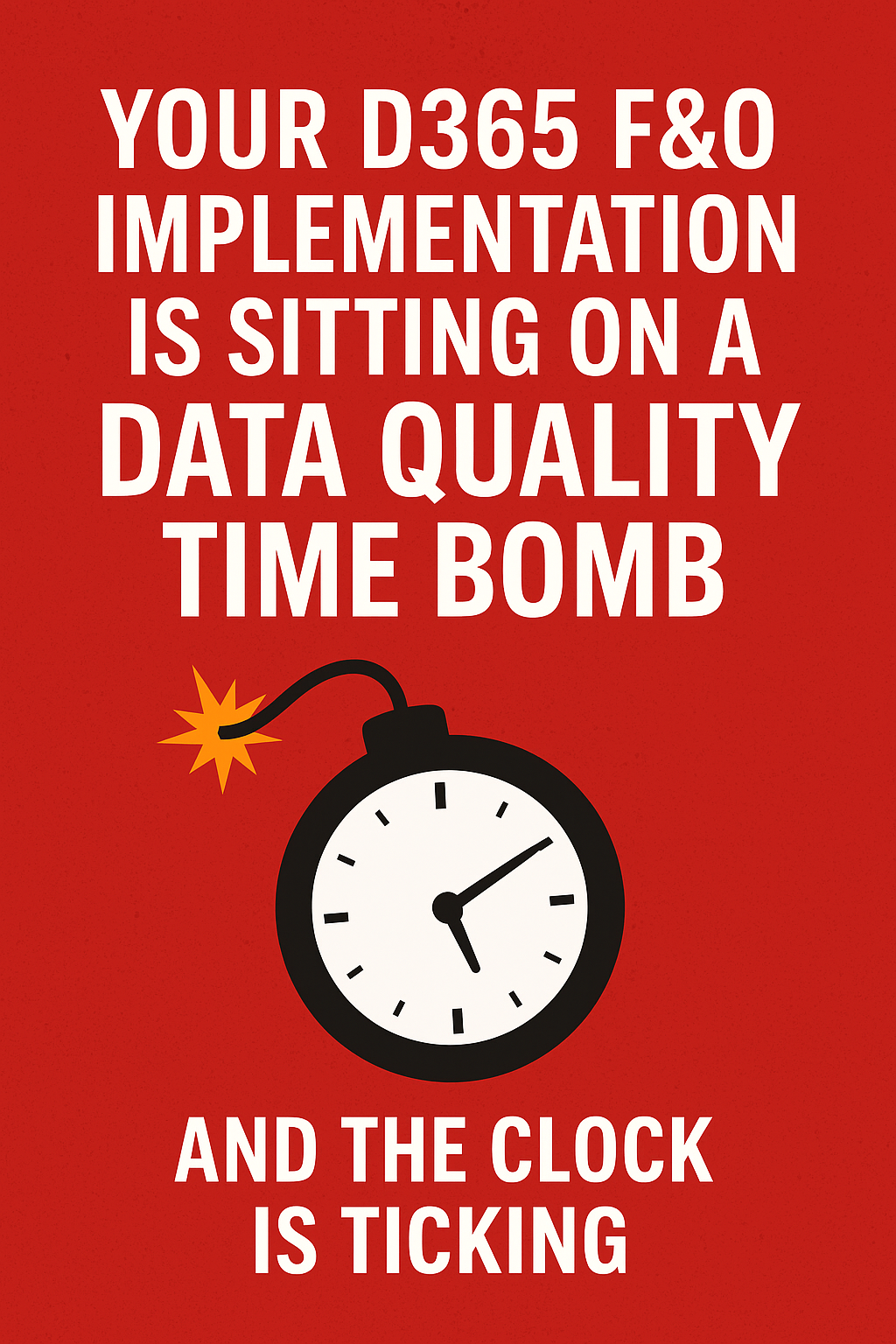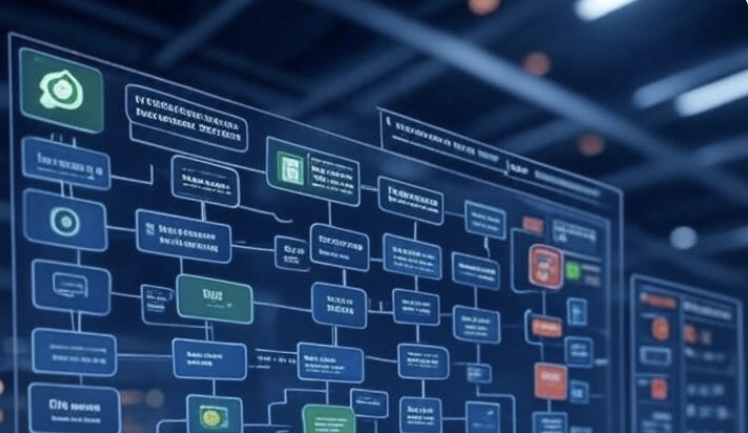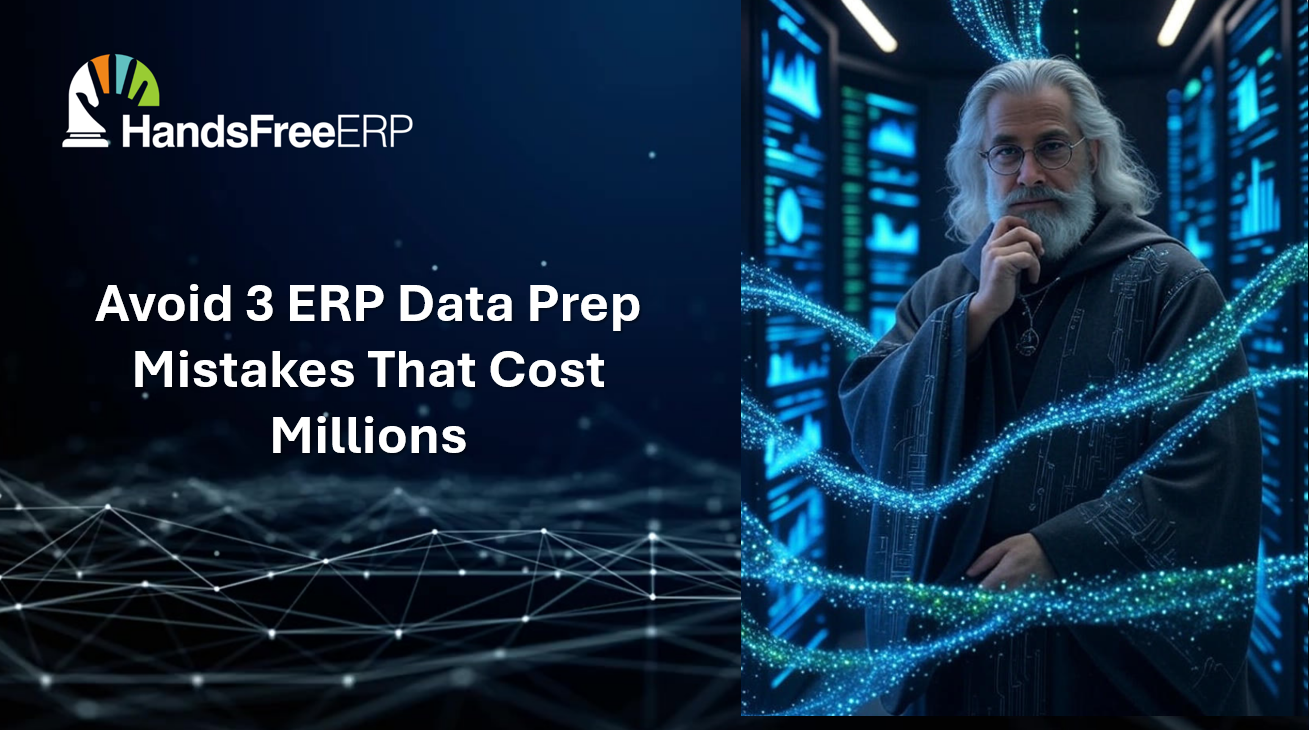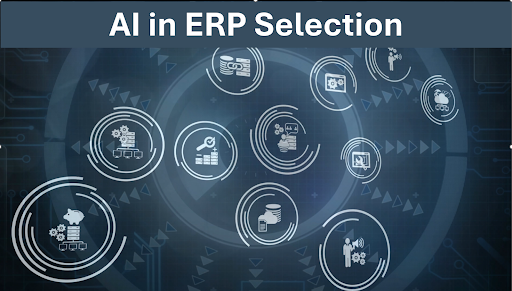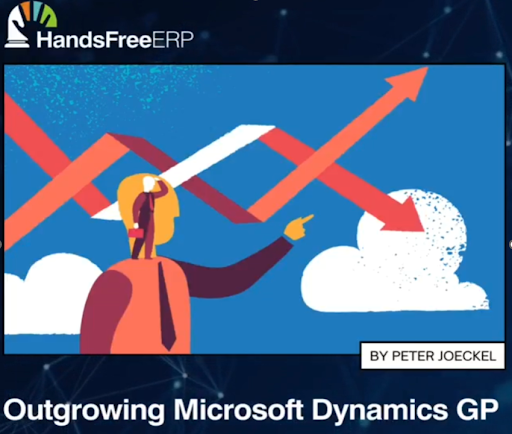HandsFree ERP Uses GYDE365-Discover to Revolutionize ERP Requirements Gathering
HandsFree ERP Revolutionizes Requirements Gathering with GYDE365-Discover
In today’s fast-paced business environment, selecting the right ERP system is crucial for success. HandsFree ERP leverages the GYDE365-Discover platform to analyze business requirements for companies contemplating an ERP move.
Why GYDE365-Discover Stands Out
Unlike traditional, tired, and bloated requirements-gathering methodologies, GYDE365-Discover offers a streamlined and efficient approach. Here’s how we use it uniquely for our clients:
Functional vs. Process Views
In GYDE365-Discover, business requirements can be presented for analysis in two ways:
- Functional View: This approach appeals to legacy SMB users by grouping requirements similarly to how they are used to looking at their ERP through modules such as General Ledger, Accounts Payables, and so on.
- Process View: Enterprise ERP users are more likely to consider their business requirements from a business process perspective, such as Order-to-Cash.
The ability to gather critical business requirements in these two ways ensures that any company can be comfortable regardless of their current ERP experience.
Unique Value for SMB Customers
We have had several Microsoft Dynamics GP (formerly Great Plains) customers use the GYDE365-Discover platform to quickly and efficiently gather their business requirements using the Functional or “Module” view order. Once they have completed their requirements survey, we switch to the business process view and review the requirements with the customer through this lens.In our experience, this different view provides a new perspective on requirements, significantly enhancing our customers’ understanding of their needs and how they impact their ERP projects.
Conclusion
The GYDE365-Discover platform offers a unique and efficient way to gather ERP requirements, ensuring that companies can be comfortable regardless of their current ERP experience. If you’re considering an ERP move, contact us for a demo or consultation to see how GYDE365-Discover can benefit your business.
HandsFree ERP
We are dedicated to ERP project excellence with experienced people, innovative processes, and innovative productivity tools like GYDE365-Discover. Experience - over one hundred years of combined experience selecting and implementing strategic ERP platforms.
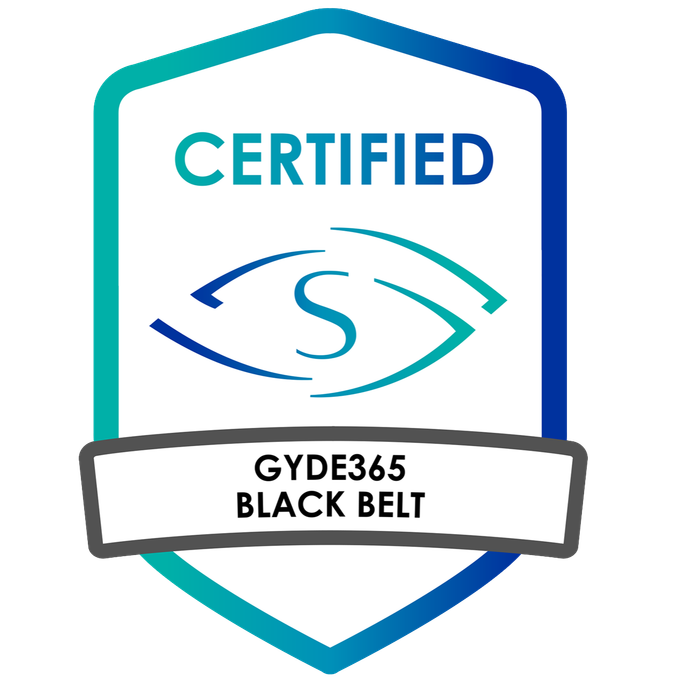
Peter Joeckel
With an IE/OR engineering degree and enterprise software implementation experience starting at Price Waterhouse, Peter Joeckel has been in the business application selection, implementation, and challenged project turn-around business for over thirty years. He credits his industrial engineering degree with his search for better processes and tools to implement complex business application platforms.
Most recently, he was the lead HandsFree client advisor in the Circle of ERP Excellence lounge and speaker at the Community Summit North America.
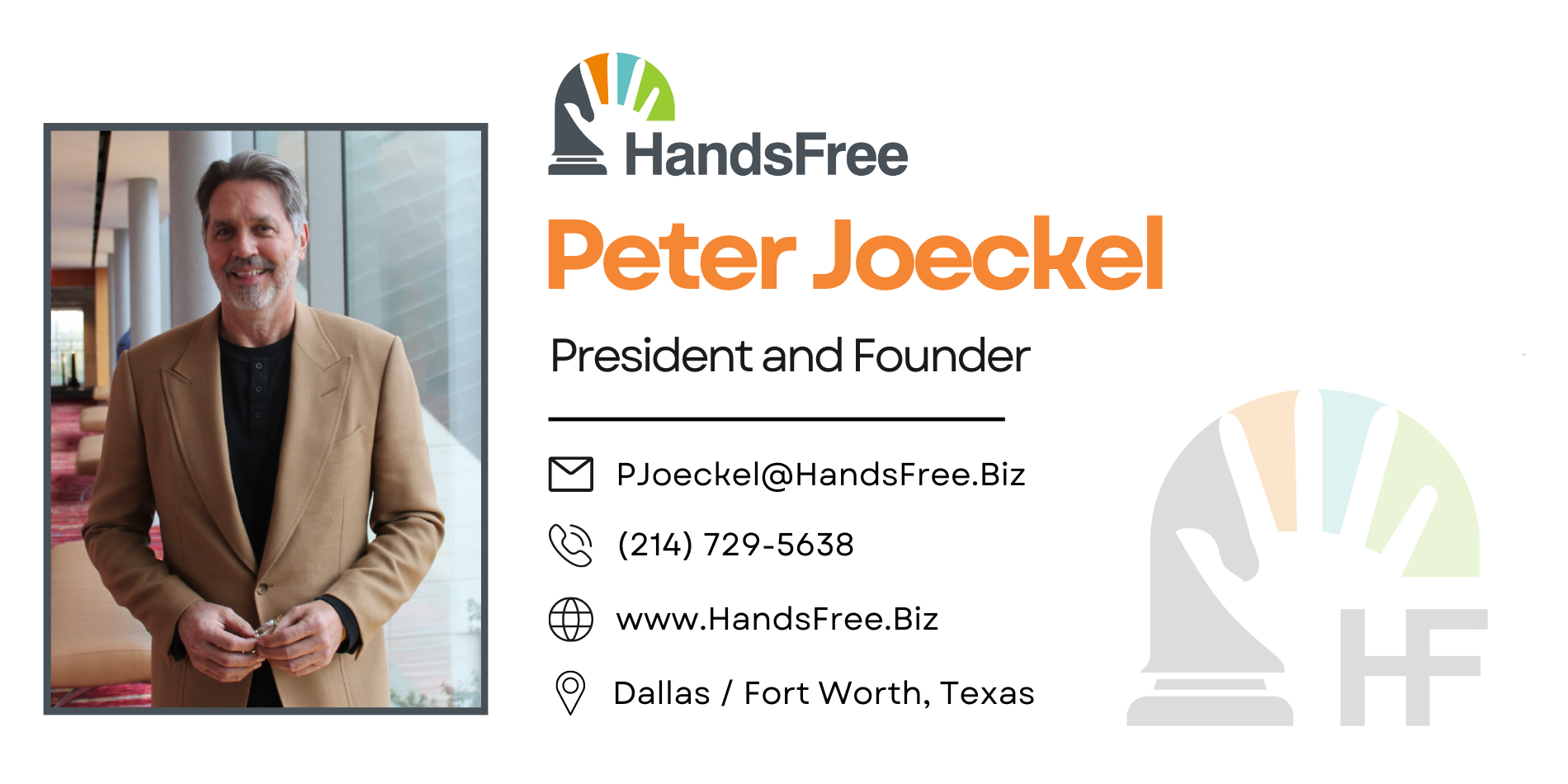
HandsFree ERP is dedicated to supporting clients with their ERP initiatives, enabling companies to seamlessly connect users with their ERP partners. By utilizing skilled professionals, streamlined processes, and cutting-edge tools, HandsFree ERP significantly boosts the success rates of ERP projects.



